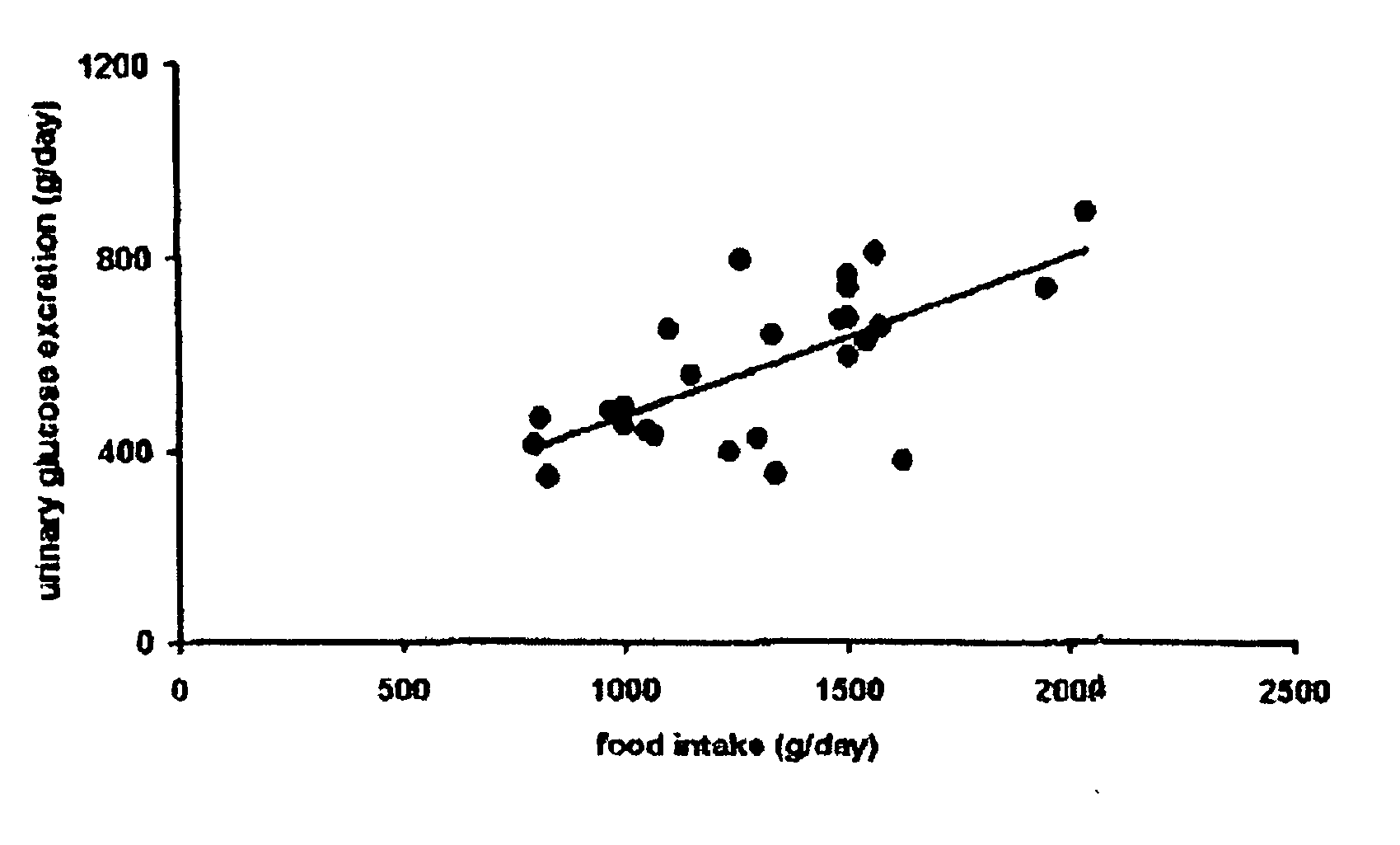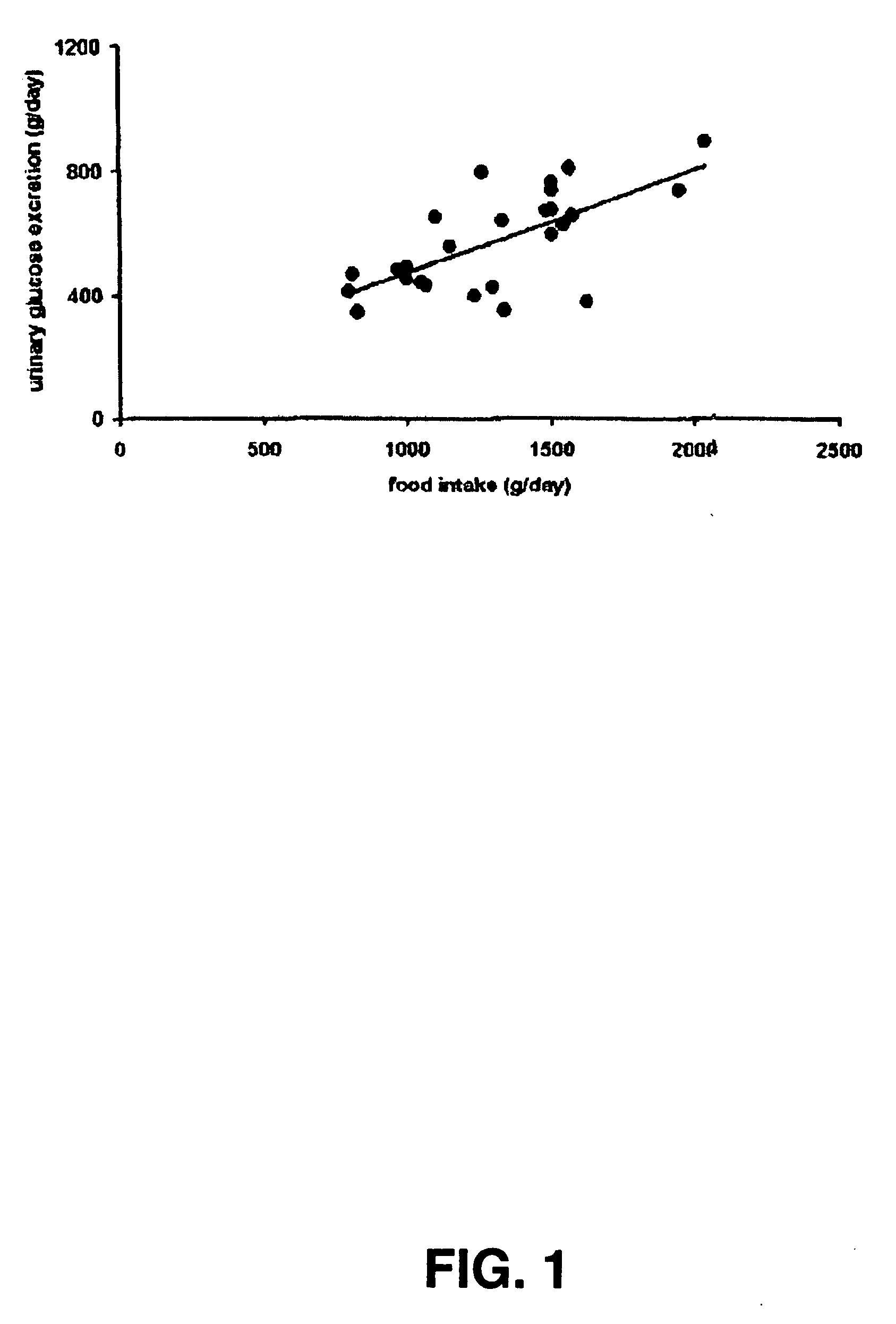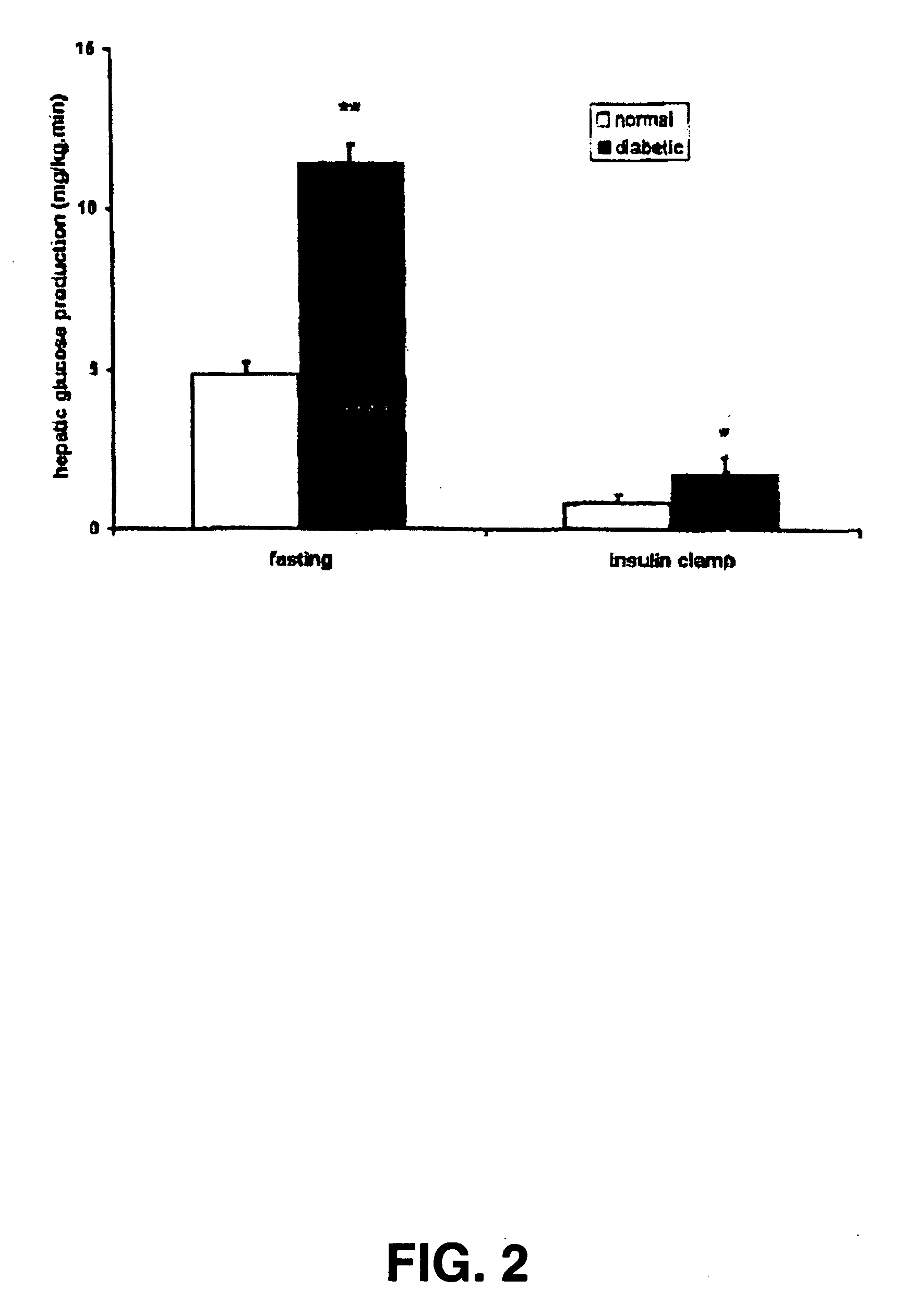Animal model for type II diabetes mellitus and Syndrome X and methods and uses thereof
a type ii diabetes and syndrome x, animal model technology, applied in the field of endocrinology and metabolism, can solve the problems of reducing the glucose transport in muscle, morbidity and mortality, and the glucose level in the blood is too high most of the time, so as to prevent the occurrence of stress, reduce the amount of stress induced, and reduce the effect of stress
- Summary
- Abstract
- Description
- Claims
- Application Information
AI Technical Summary
Benefits of technology
Problems solved by technology
Method used
Image
Examples
example
Materials and Methods
Animals and Housing
[0064] Experimental protocols describing the management, surgical procedures, and animal care were reviewed and approved by the ASG-Lelystad Animal Care and Use Committee (Lelystad, NL). Thirty-six cross-bred pigs (Yorkshire×Landrace) of approximately 30 kg BW at surgery were used in this study. Two weeks before surgery, the pigs were housed in metabolism cages (1.15×1.35 m) and adapted to the fight / dark cycle and the feeding regimen. Lights were on and off at 05:00 and 22:00 hours, respectively. Ambient room temperature was 20° C.
[0065] A commercial diet (5% crude fat, 16% crude protein, 41% starch and sugars, 20% non-starch polysaccharides, 6% ash and 12% water; Startbrok; Agrifirm, Meppel, NL) was fed twice daily, i.e., at 06:00 and 15:00 hours with free access to water. Pigs were weighed twice weekly and meal size was adjusted to the weight of the pig. The nutritive value was equal to 2.5-fold maintenance ...
PUM
 Login to View More
Login to View More Abstract
Description
Claims
Application Information
 Login to View More
Login to View More - R&D
- Intellectual Property
- Life Sciences
- Materials
- Tech Scout
- Unparalleled Data Quality
- Higher Quality Content
- 60% Fewer Hallucinations
Browse by: Latest US Patents, China's latest patents, Technical Efficacy Thesaurus, Application Domain, Technology Topic, Popular Technical Reports.
© 2025 PatSnap. All rights reserved.Legal|Privacy policy|Modern Slavery Act Transparency Statement|Sitemap|About US| Contact US: help@patsnap.com



